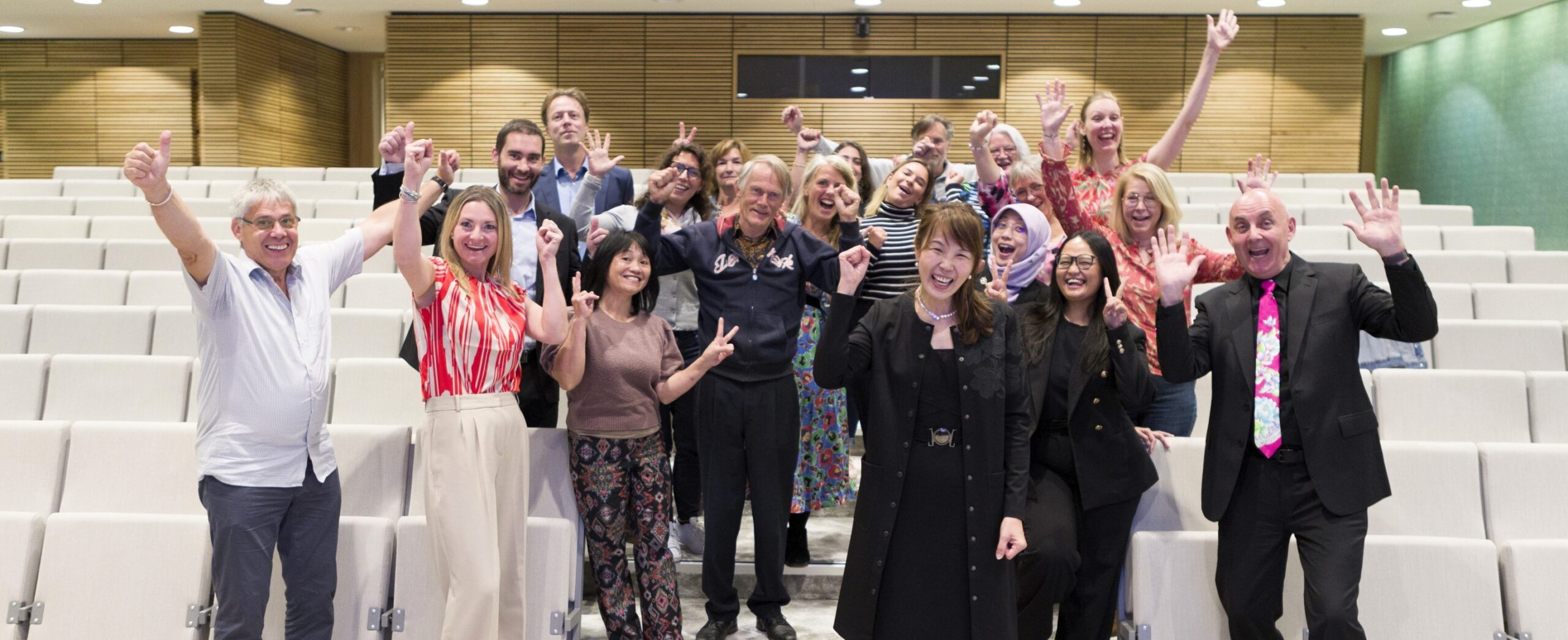- +65 61000 263
- Contact@COE-Partners.com
- Newsletter
Innovation Readiness Survey (IRS)
Individual Innovation Readiness
Measuring the Innovation Readiness of Your Employees
Most importantly, this Individual Innovation Readiness Survey (IRS) measures the individual, leadership and work environmental factors that might stimulate or hinder innovation readiness and innovative work behaviour (IWB) in the organisation. Hence, it helps managers understand the employees’ strengths and support them in realising their innovation potential.
Innovation Readiness
The term “readiness” refers to individuals’ feelings, beliefs, and intentions about potential change. It also includes the organisational capability and capacity of its successful implementation.

Firstly, Individual Innovation Readiness has been studied in terms of personality characteristics, outputs and behaviours like innovative work behaviour (IWB). Therefore, the individual readiness to innovation describes the extent to which individuals accept, embrace and adopt a plan to purposefully alter the status quo, his/her psychological state and own sense of identity for job performance that facilitate or inhibit innovation. Hence, these drivers are:
Secondly, on the work environment side, we refer to a set of organisational variables which are crucial to create the drive and momentum for the innovation. These drivers are:
After analysing the current state, the status quo of Innovation Readiness, conclusions need to be drawn and actions need to be taken to unleash the full innovation potential (Read more).
Innovation Readiness Index
Our Innovation Readiness Grid displays each single survey participant. It shows all participants with their Individual and Work Environmental Readiness indices. This means, larger bubbles depict participants of the actual organisation, whereas smaller bubbles represent other survey participants. With this, it is easy to compare readiness in your organisation with previously collected data.
Therefore, for an organisation that intends to embrace innovation and change, the objective should be to have as many members as possible in the green area of the Innovation Readiness Grid (see below, box HH), where both, individual and environmental readiness are above 5.
People in the green area are those who have responded to the majority of the questions in a positive way. Please be reminded, that a rating of 5 should be seen as the absolute minimum we should aim for. For example, answering the statement “I am ready for organisational change” with 5 only means, that the participant “somewhat agrees” to this statement.
Beware the Average
Additionally, it is important to be aware, that a dot on “5” means, the average of the rating is 5. There is a good chance for about 50% of all answers to be below 5.
The further left the participants are located, the lower is the support they expect from their leaders and their environment.
The further down the participants are located, the lower is their individual innovation readiness, i.e. their preparedness for change, their perceived individual creativity and their psychological capital.

Innovation Readiness Grid Explained
A few participants in the bright yellow area (box HM or box MH) do not pose a concern for the organisational intent. These participants are either ready but have some doubts about the environmental innovation readiness (box MH), or they feel not ready due to individual characteristics but they are sure the organisation will pull them through (box HM). In this case, a personalised approach by their manager will most likely be enough intervention.
Experiencing the majority of participants in the bronze (box MM) or in a pink area (boxes ML, HL or LM, LH) highlights a major concern for the organisation. Either members have strong doubts that they can make it due to personal characteristics (boxes ML and HL), or they perceive their manager or working environment not supportive enough to embrace innovation and with it change (boxes LM and LH).
In these cases, organisation-wide interventions are needed to get people ready for the change, to boost environmental innovation readiness. The same applies, of course, to box LL participants.

Executive Summary and Details
fter the survey, for each survey participant, a report is ready for download as soon as the participant has completed all inputs. Similar reports are available for organisation, departments and groups.
These reports inform not only about the results in all dimensions of individual and work environmental readiness. They also include the assessment by the manager – if available.
Additionally, these reports show an executive summary of all observations regarding the innovation potential and its comparison to the department, the organisation and all others.
Part of the survey is the collection of outcome data. Based on the input of participants, we compile a catalogue that includes the number of suggestions in different categories as well as their implementation status.
All of the above data is available to evaluate the innovation potential for organisation, department and group.
If managers have participated by rating their staff’s innovative job performance, an additional report compares managers’ and employees’ perspectives.

Interventions for Increasing Innovation Readiness
We offer solutions to analyse the survey results in detail. This includes stratifying the data by department, by section or any other demographics.
Based on that, it is not difficult to develop a customised innovation strategy towards building a Continuous Innovation Mindset. The following options are in a logical sequence, although there might be reasons for deviating from this sequence or dropping some or adding other interventions.
And, tailoring solutions that meet the special requirements of our clients is our strengths.

Compared to Innovation Leader Survey (ILS)
Whilst the Innovation Readiness Survey (IRS) questions the individual readiness for innovation of the staff of any organisation, our Innovation Leader Survey (ILS) examines the leaders’ behaviours for evoking innovative work behaviour (IWB) in their staff. It includes strategic leadership competencies, relationship management competencies as well as tactical leadership competencies.
Both surveys complement each other, IRS is targeting the staff, ILS focuses on their managers.
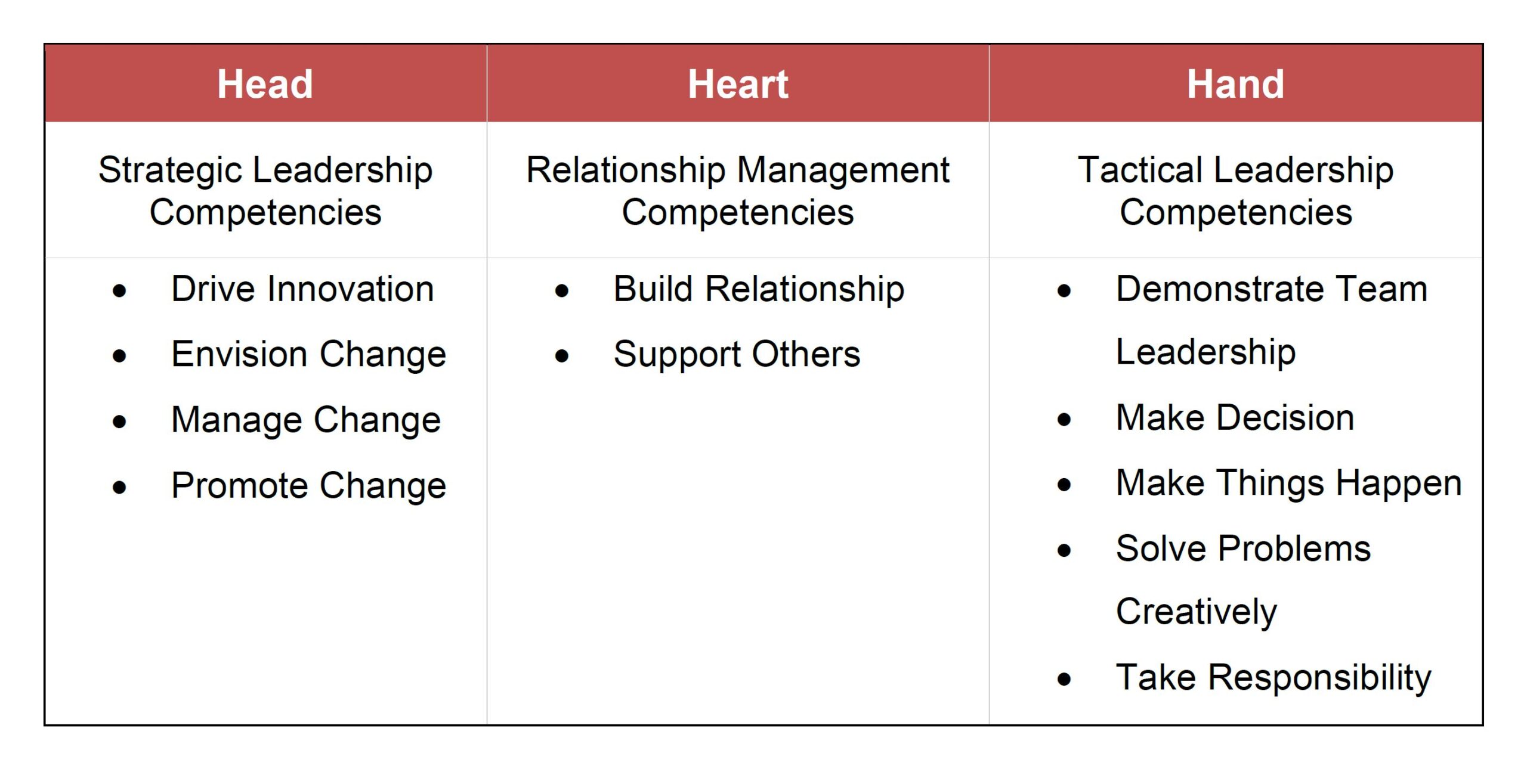
About the Survey
If you are interested in finding out the Individual or Group Innovation Readiness at your Organisation, please contact us at InnoReady@COE-Partners.com. We will then be able to provide more details about the survey topics, sample reports as well as ideas for interventions, should the need arise.
This survey is part of a research project with the University of Twente in the Netherlands. It is conducted using COE’s Investing in People (iiP) System. It includes information from the Multifactor Leadership Questionnaire and Psychological Capital Questionnaire from Mind Garden, Inc.
Have a look at the full survey (you need to register your email only).
All rights of COE are reserved. Google Scholar Article.

Amongst others, the survey studies the following variables:
| Variable | Category | Explanation |
X1 | Innovation Readiness | Individual Innovation Readiness involves an obvious need for change, a sense of one’s ability to successfully accomplish change (self-efficacy) and an opportunity to participate in the change process. |
X2 | Individual Creativity | Individual Creativity is driven by one’s own sense of identity for job performance. |
X3 | Psychological Capital | PsyCap refers to an individual’s positive psychological resources that are relevant to both innovation and stress. It can potentially provide a necessary repository of psychological resources that help effectively innovate work-related ideas. |
X4 | Leadership Practice | Leadership Practice is measured based on Transformational Leadership. Transformational leaders work with subordinates to identify needed change. They support creating a vision to guide the change through inspiration. They aid in executing the change in tandem with committed members of a group. |
X5 | Support for Innovation | Support for Innovation measures the degree to which individuals view the organisation as open to change, supportive of new ideas from members, and safe to try new things. |
Y1 | Innovative Work Behaviour (IWB) | Includes idea generation as well as the types of behaviour needed to implement improvements that will enhance personal and/or organisational performance. |
Y2 | Innovation Output | Includes actual innovation output, i.e. performance in suggesting and implementing new ideas, displayed as average per participant. |
- All Posts
- BPR
- Career Development
- Cases
- Change
- Coaching
- Competency
- Customers
- Data Science
- Enablers
- HR Strategy
- Innovation
- Leadership
- Lean Six Sigma
- Manufacturing
- OD
- Operations
- Service
- Staff Development
- Strategy
- Workforce Planning
- Working Capital
- YOG
- Back
- DISC
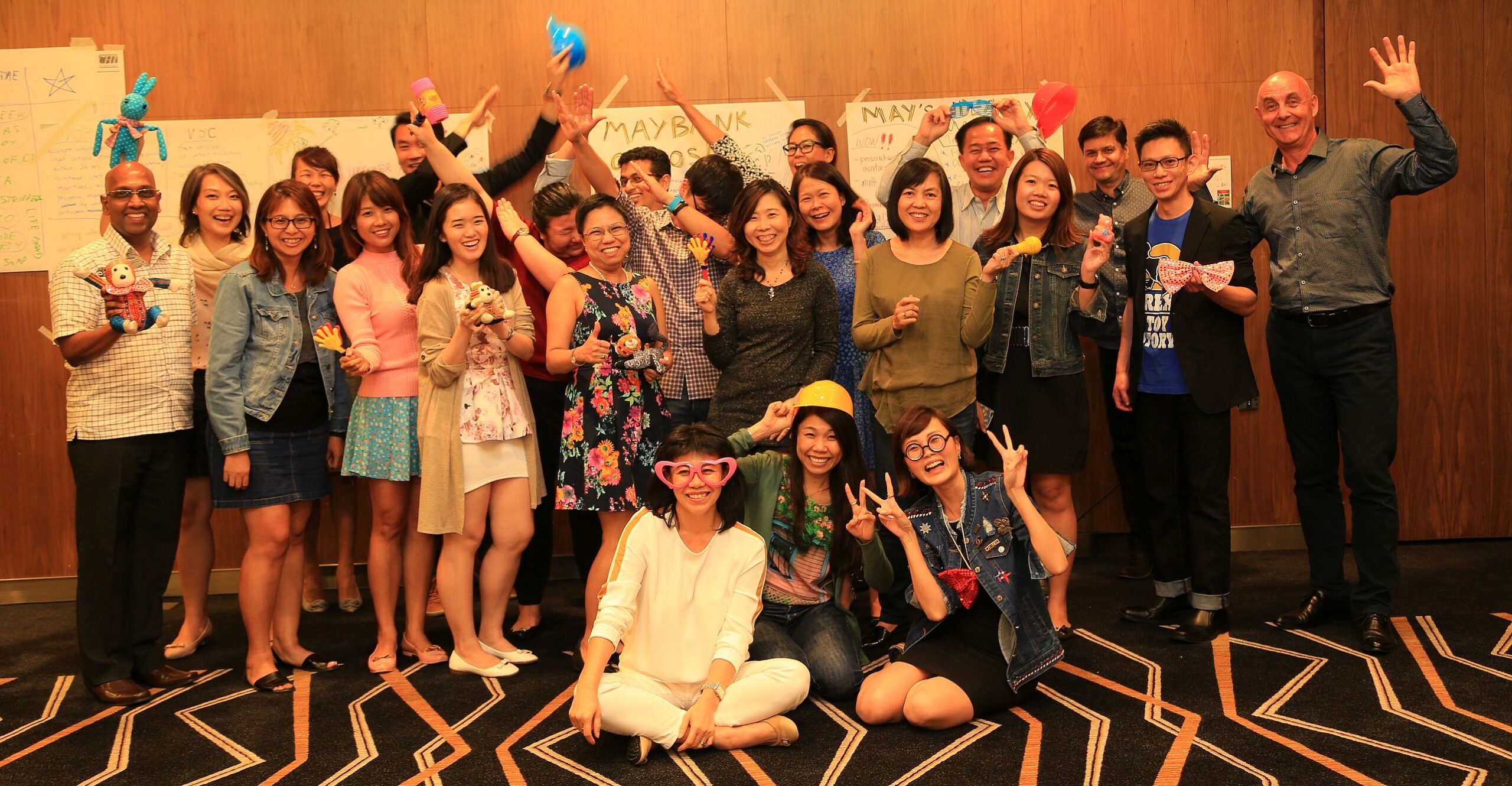
30 Aug 2024
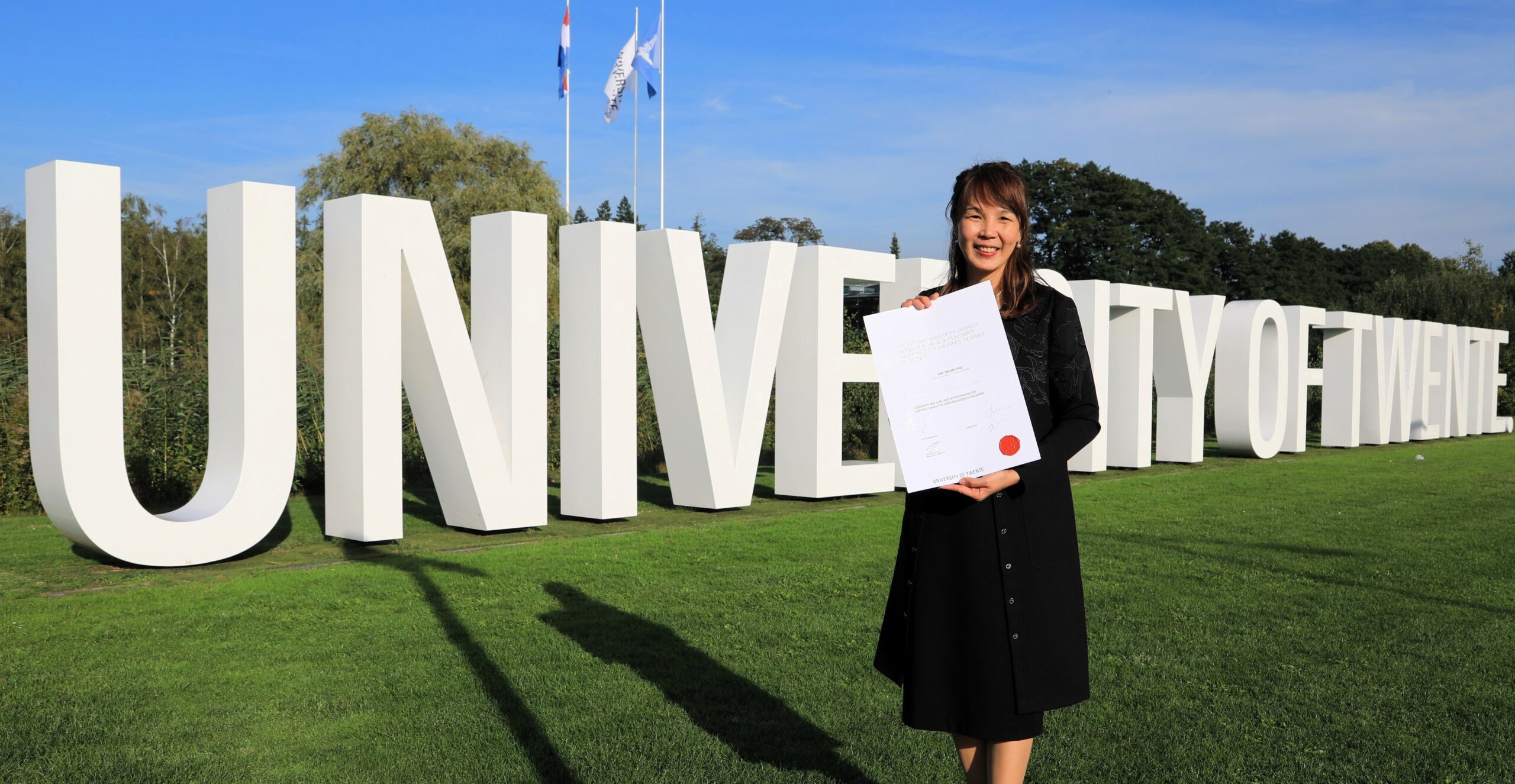
5 Jun 2024

16 May 2024
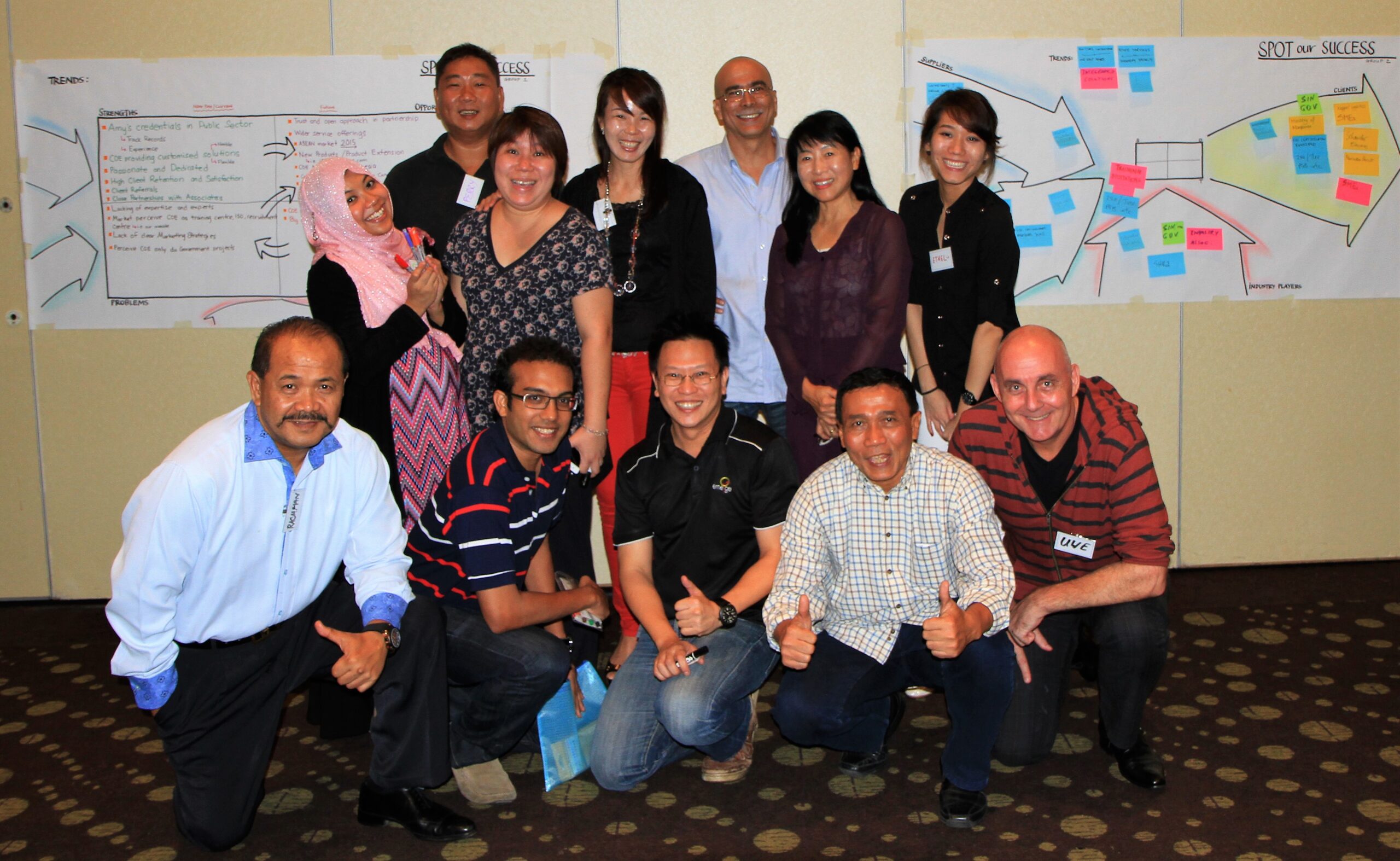
22 Jan 2024



